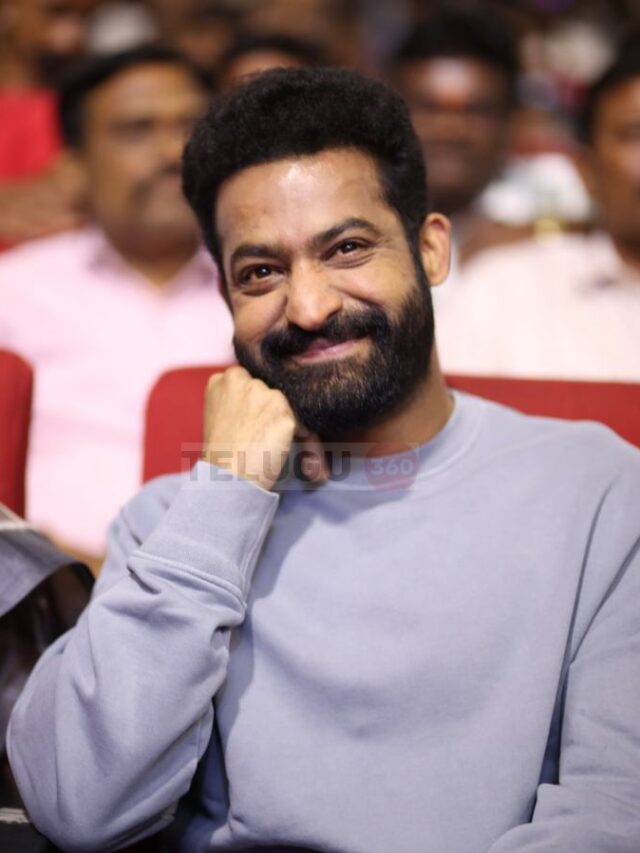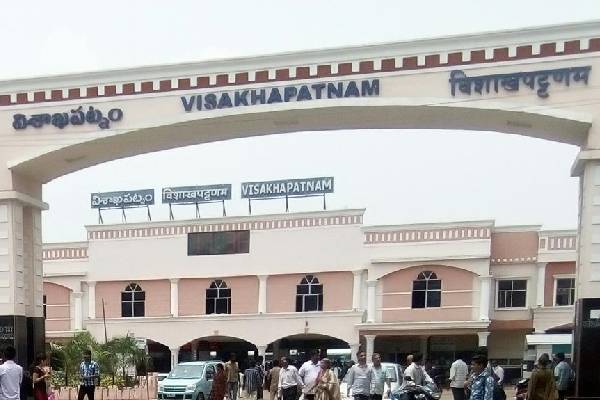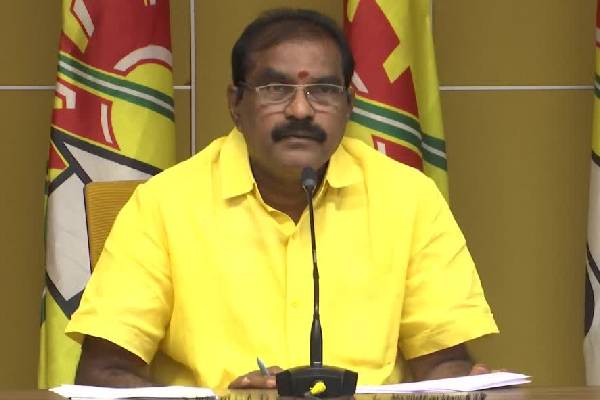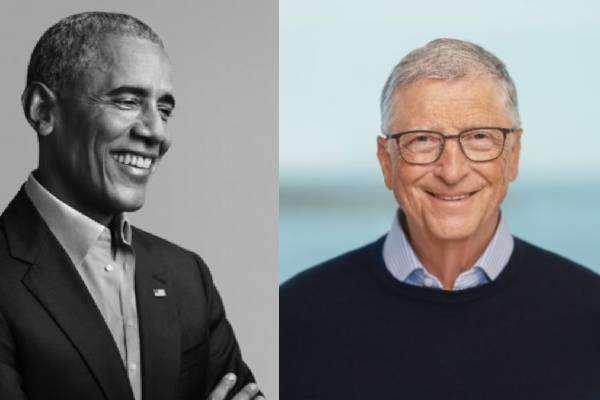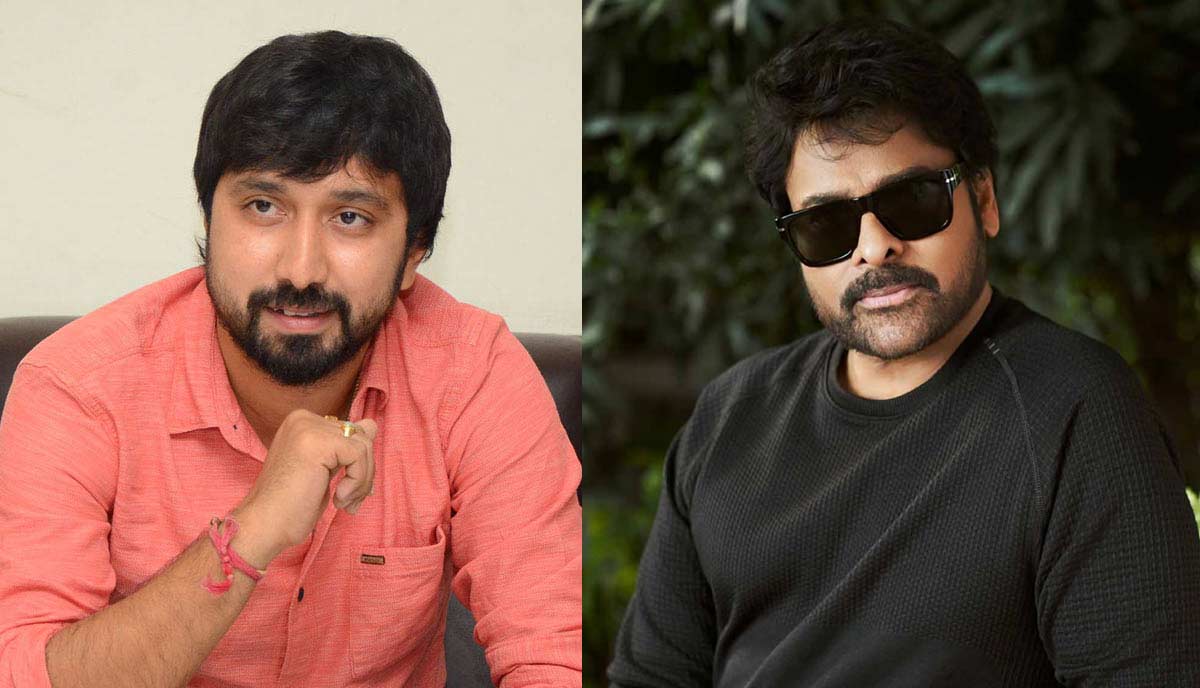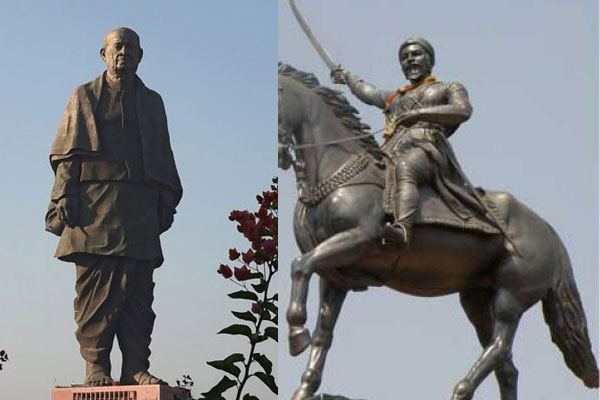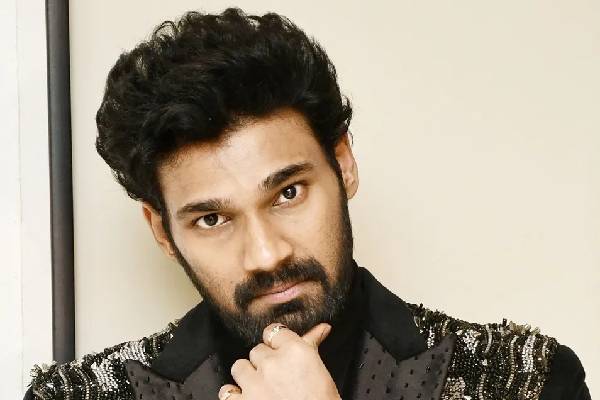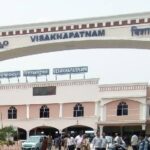Maharashtra government now officially announced that Chhatrapati Shivaji Maharaj’s upcoming statue in Arabian Sea off Mumbai coast will cost the Maharashtra exchequer a whopping Rs 3643.78 crore.With this again the debate started on the economic condition of the states vis a vis the statues they are building in these states. Recently Patel statue is built at Gujarat and at the moment, statues are in construction/in proposal in Maharashtra, Karnataka and Andhra Pradesh.
Patel’s statue in Gujarat:
Statue: Patel’s statue called Statue of unity
Height : 182 mtrs
Cost: around 3 thousand crore
Location: on river island facing the Sardar Sarovar Dam on the river Narmada, at Vadodara in Gujarat
Below poverty line people in the state: 1.5 crore people
Gujarat is generally perceived as rich state. But as per the statistics released by Gujarat government couple of months back, there are 31,46,413 BPL families in Gujarat. If an average BPL family is taken to have five members, it indicates more than 1.5 crore people are below the poverty line in Gujarat . Another revelation from the same report is that, number of BPL families actually increased in last 2 years in Gujarat.
Shivaji statue,Maharashtra
Statue: Chhatrapati Shivaji Maharaj Memorial
Height : 212 mtrs (total)
Cost: 3643 crore
Location: Arabian Sea, near the coast of Mumbai city in the Indian state Maharashtra
Below Poverty line people in the state: around 30% of state population
Maharashtra government also said that the construction of all aspects of the project will be over by 2022-23.As per the State Backward Class Commission (SBCC) report published a month back, nearly 37.28 per cent Marathas in Maharashtra are living below poverty line (BPL) and 93 per cent families from the community have annual income less than Rs 1 lakh. Also SBCC mentioned in its findings that from 2013 to 2018, 13,368 farmers committed suicide and the main reasons of suicide were indebtedness and crop failure, it added.
NTR statue,Andhra Pradesh
Statue: NTR statue
Height : 102 meters
Cost: 1000 crores (initial outlay was 406 crores, but memorial + all other developments to cost around 1000 crore as per the update from ADCL. However, official numbers yet to be out)
Location: Amaravati
Below Poverty line people in the state: around 21 % of state population
According to the report, Andhra Pradesh’s MPI identifies 21% of its population as living in multidimensional poverty. The report also observed, in AP, 12% of population doesn’t have access to safety drinking water within 30 minutes walk and nutrition related deprivation is at staggering 35%. Also, 29% of population doesn’t have improved sanitation facility.
Mother cauvery statue, Karnataka
Statue: tribute to the river Cauvery, often addressed as ‘mother’
Height : 125-ft
Cost : Rs 1,200-crore
Location: at the Krishna Raja Sagar reservoir in Mandya district, about 90 km from Bengaluru
Below Poverty line people in the state: around 20% of state population
As per the data from the paper titled “Karnataka – Poverty, growth, and inequality” released by world bank, there are around 13 million people below poverty line. This is around little more than 20% of the entire population.
Overall:
It is very clear that almost all these states interested in building statues are having considerable chunk of their population below poverty line and still facing serious issues related nutrition related deprivation and inability provide safe drinking water for all. Despite these shortfalls, governments are focusing on building statues rather than building lives of people.
And the saddest thing is, even some educated people also blindly supporting building these statues and making cavil arguments in support of building the statues of their favourite political leaders. There is no doubt that each of these statues are built by the respective governments keeping in mind political gains. The governments need to spend such huge moneys (whether it is tax payers money or donations, that is secondary question) and such huge efforts on bringing the people out of poverty line rather than on these kind of initiatives. But it is easy for these governments to divert people attentions from their own failures in enhancing lives of people by building these kind of statues.
People need to think in the best interest of the society and question the governments and demand governments to work for the best interests of the society as whole.


















